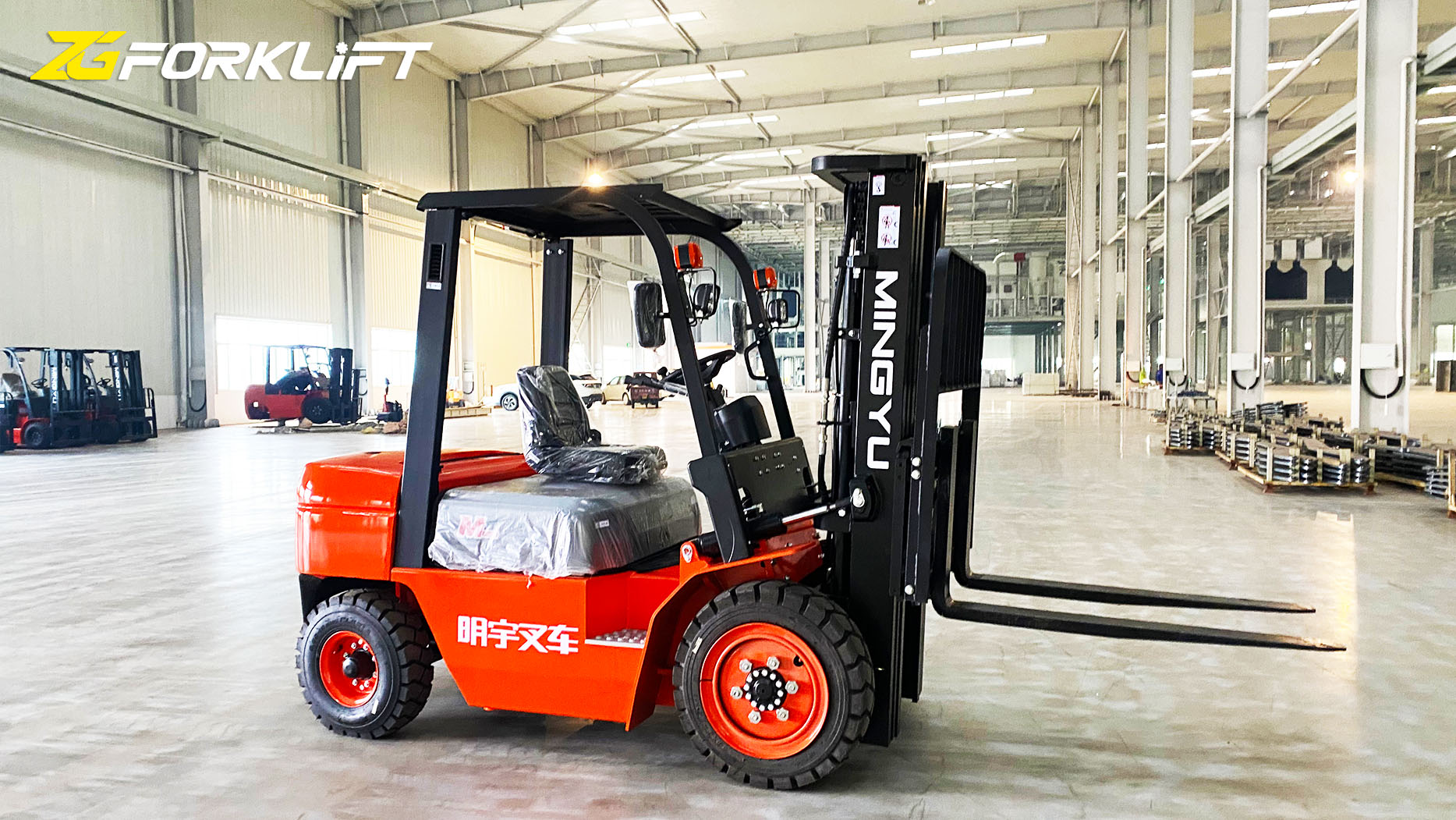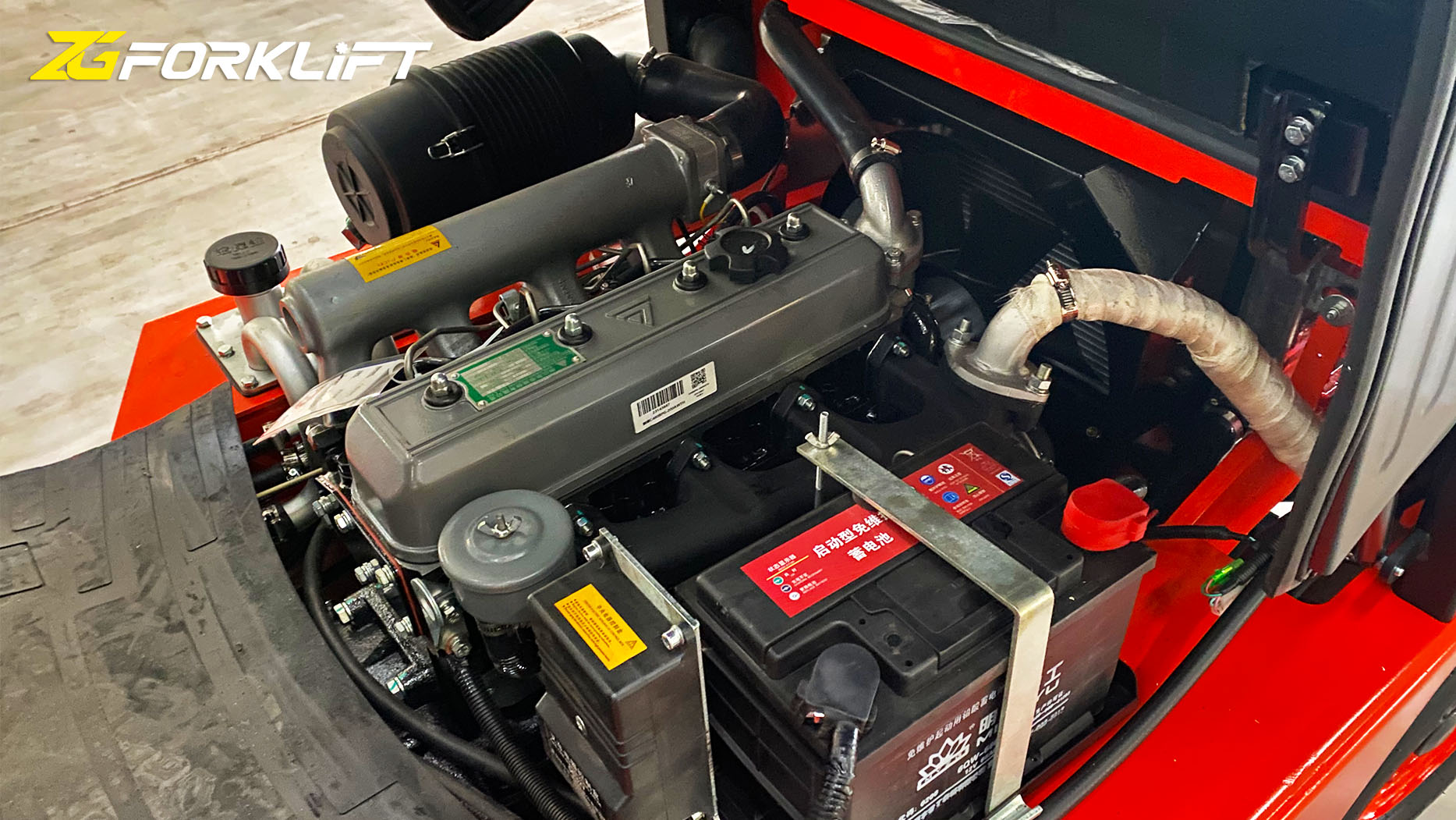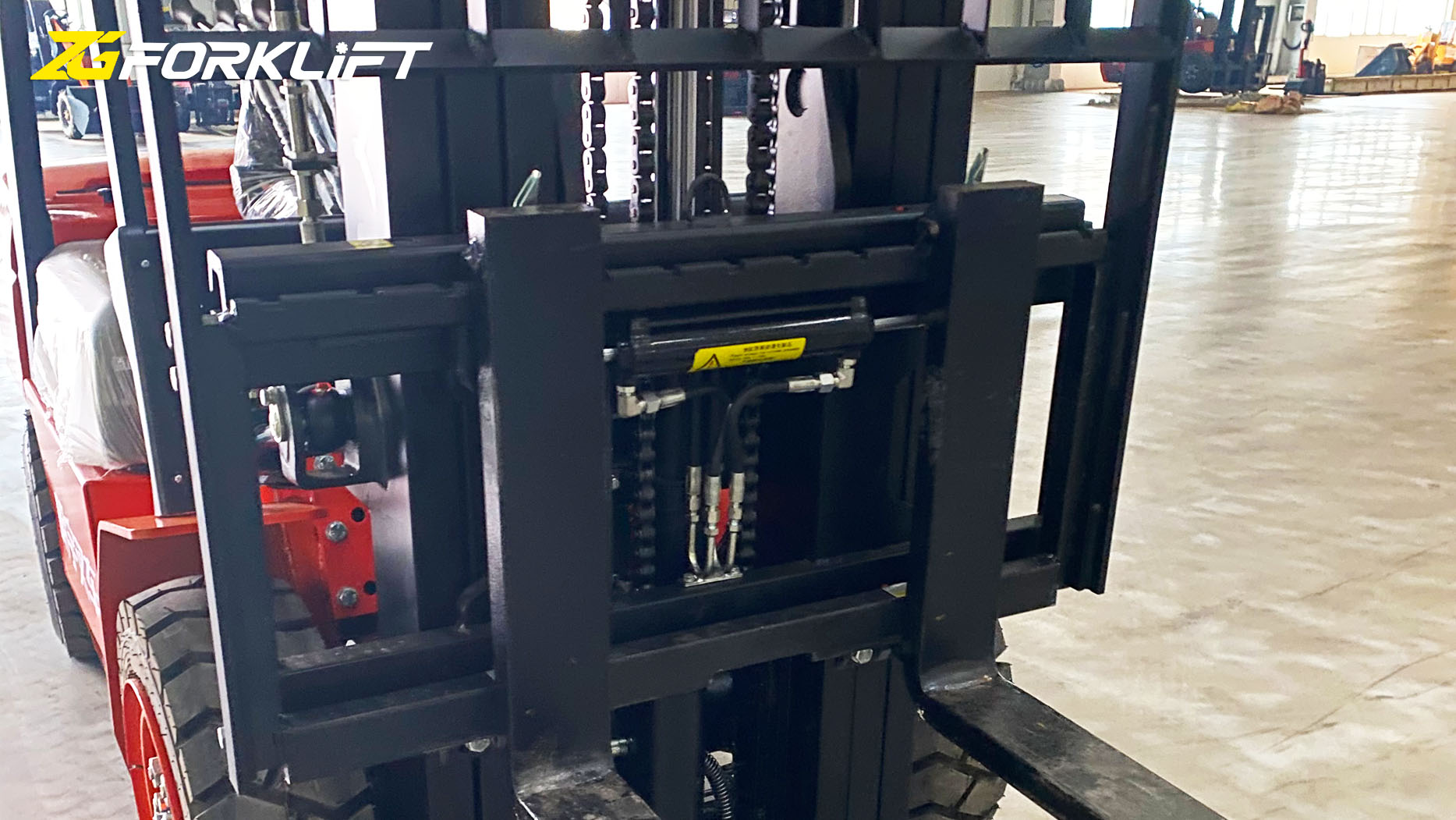I. Introduction
Diesel forklifts are a mainstay in many industries due to their power, durability, and ability to handle heavy loads. However, fuel consumption is a significant operating cost for any diesel-powered vehicle, including forklifts, wheel loader, backhoe loader etc. This article will delve into the factors that influence diesel forklift fuel consumption, providing insights into how much fuel these machines typically use and how to optimize fuel efficiency to reduce operating costs and minimize environmental impact.
II. Factors Affecting Diesel Forklift Fuel Consumption
Numerous factors contribute to the amount of diesel fuel a forklift consumes:
Engine Size and Type: Larger engines naturally consume more fuel than smaller ones. The engine's design and efficiency also play a crucial role. Modern, fuel-efficient engines with advanced technologies like electronic fuel injection can significantly reduce consumption.
Load Weight and Handling: * Heavier loads require more power from the engine, leading to increased fuel consumption. * Frequent lifting, lowering, and maneuvering of heavy loads will also increase fuel usage.
Operating Conditions: * Working on inclines or uneven terrain increases resistance, requiring more engine power and consuming more fuel. * Extreme temperatures can also impact fuel efficiency. Cold weather can make starting more difficult and require longer warm-up times, while hot weather can increase engine wear and tear.
Driving Style: * Aggressive driving, such as rapid acceleration, hard braking, and excessive idling, significantly increases fuel consumption. * Smooth and efficient driving techniques, including gradual acceleration and deceleration, can significantly improve fuel economy.
Maintenance and Servicing: * Properly maintained forklifts operate more efficiently and consume less fuel. * Regular maintenance checks, including oil changes, filter replacements, and tire pressure checks, are essential. * A well-maintained engine will burn fuel more efficiently and produce less wear and tear.
Tire Pressure: * Properly inflated tires reduce rolling resistance, improving fuel efficiency and reducing wear and tear on the tires themselves.
III. Typical Diesel Forklift Fuel Consumption
General Estimates:
* Diesel forklift fuel consumption can vary significantly depending on the factors mentioned above.
* A general estimate is that a typical diesel forklift may consume between 2 to 5 liters of diesel per hour of operation under normal conditions.
* This is a broad range, and actual consumption can be higher or lower depending on the specific application and operating conditions.
Factors Influencing Consumption:
* Load weight, lifting height, and travel distance all significantly impact fuel consumption.
* Operating conditions such as temperature, terrain, and the frequency of lifting and lowering operations also play a crucial role.
IV. Strategies for Improving Fuel Efficiency
Several strategies can be implemented to improve diesel forklift fuel efficiency:
Operator Training: * Properly trained operators are crucial for fuel efficiency. * Training programs should emphasize smooth driving techniques, minimizing idling time, and efficient load handling.
Preventive Maintenance: * Regular maintenance checks and timely repairs are essential for optimal fuel efficiency. * Properly maintained engines burn fuel more efficiently and reduce wear and tear.
Load Optimization: * Optimize load weights and distributions to reduce the strain on the engine. * Avoid overloading the forklift, which can significantly increase fuel consumption.
Driving Techniques: * Avoid excessive idling. * Plan routes efficiently to minimize travel distances. * Use smooth and gradual acceleration and braking techniques.
V. Technological Advancements
Fuel Injection Systems: Advancements in fuel injection technology, such as common rail systems, have significantly improved fuel efficiency in modern diesel engines.
Telematics and Data Analysis: Telematics systems can track fuel consumption data, identify areas for improvement, and help optimize operating practices.
Regenerative Braking: Some modern diesel forklifts incorporate regenerative braking systems that recapture energy during braking, further improving fuel efficiency.
VI. Conclusion
Diesel forklift fuel consumption is influenced by a variety of factors, including engine design, load weight, operating conditions, and operator driving style. By implementing proper maintenance practices, optimizing driving techniques, and utilizing advanced technologies, businesses can significantly improve fuel efficiency, reduce operating costs, and minimize their environmental impact.
Post time:Feb.06.2025



